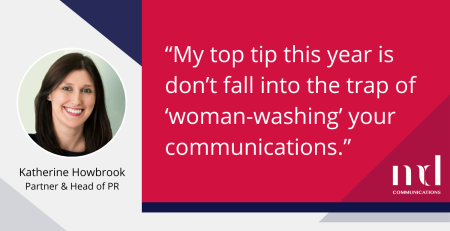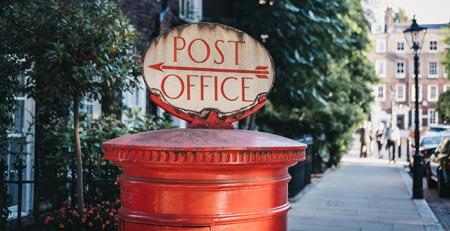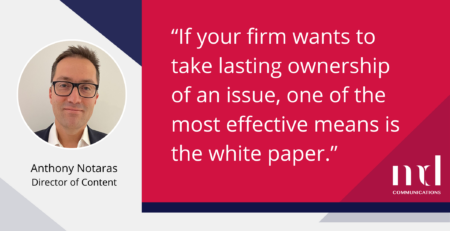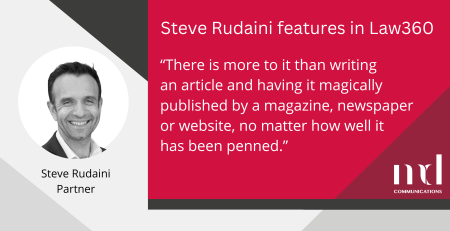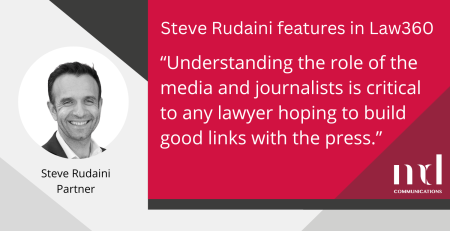Few lawyers would want to be in lawyer Phil Shiner’s shoes right now. This paragraph from the Daily Telegraph is one of the more measured written about him since the Solicitors Disciplinary Tribunal struck him off the roll last week.
‘Far from advancing his own ends, he implied, he was serving the greater good, by bringing legal claims that British Armed Forces personnel had abused and mistreated military prisoners and civilians in Iraq,’ the officers’ favourite newspaper noted. ‘In fact, he was enriching himself by smearing men and women who risked their lives for their country.’
He accepted some allegations but may appeal others, and the legal side of things is far from over in all regards.
But there are some side issues, related to the media, that I’d like to look at – and none of this is a judgement on the rights and wrongs of Shiner’s deeds or legal processes past or to come.
There is a line doing the rounds that he was lauded by the media, courted them, and is now being somehow punished for putting himself out there. Hoisted by his own PR petard.
Actually, nothing could be further from the truth.
Certainly Shiner’s been active in an area that the media has close interest in – war, torture, terrorism, patriotism and betrayal. Anyone trying to get a paragraph of coverage for a medium-sized M&A deal their firm advised on will feel like Shiner’s had an unfair advantage in the competition for column space.
A degree of notoriety arguably helped him to pursue cases. And just look at those brightly coloured, oddly shaped glasses he wore – mostly not seen on anyone other than a modern architect on the up. The man was hardly hiding in plain sight.
But this really isn’t a tale of someone brought low by their connection to the dark art of his own PR.
Look, for example, at this account from legal sector journalist Catherine Baksi for Legal Action Magazine. ‘I had turned up expecting to conduct a routine interview – in which I, as a journalist, would ask questions and he, as the interviewee, would answer them. Instead, Shiner informed me that he had prepared a list of questions for me to ask him, and to which he responded by reading from a prepared note. When I sought to ask him supplementary questions, he told me that the interview was over.’
The Al-Sweady report had not gone his way, but this was not just the stressed conduct of a person on the way down. Among my journalist contacts, there are examples of such prickly behaviour around the press even when things were going Shiner’s way. Pedantry, even, about the precise way his firm was described, is a common theme.
Two thoughts here.
First, the sort of conduct Catherine Baksi relates doesn’t just get journalists’ backs up and put the bank account of goodwill into overdraft (though it does both) – it rings alarm bells. A good journalist will look more closely at someone who behaves oddly, even if they don’t get anywhere with inquiries at that point.
Second, for all the column inches written on Shiner, this is not a story of someone experiencing problems because they sought media attention. The findings of the SDT relate to dishonesty, and if confirmed by other courts, this is the source of his problems.
Could dealing more adroitly with the media in the past have helped Shiner? Mostly not – this case relates to dishonesty in highly charged areas.
But the media do simplify and exaggerate, within their own ethical bounds. If he has mitigating points he wants to get across, and errors in reporting he would like corrected, being a bit politer in the past would have helped his case with journalists.
The problems Shiner has caused, lawyers tell me, go much wider than the impact on his reputation and treatment in the press. The nature of his fall has created an image problem for all lawyers.
If you’d like advice on how to handle the media, get in touch.



